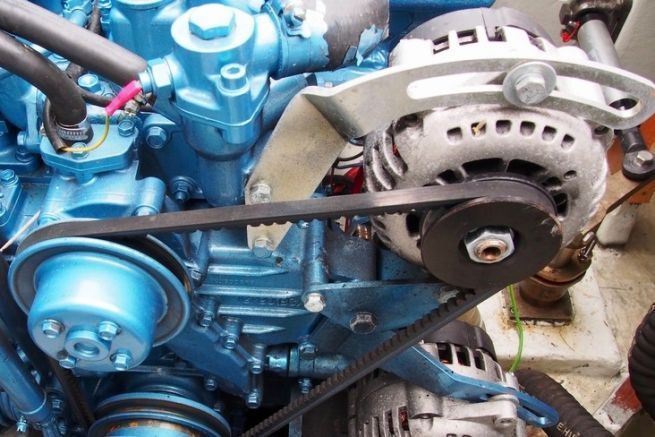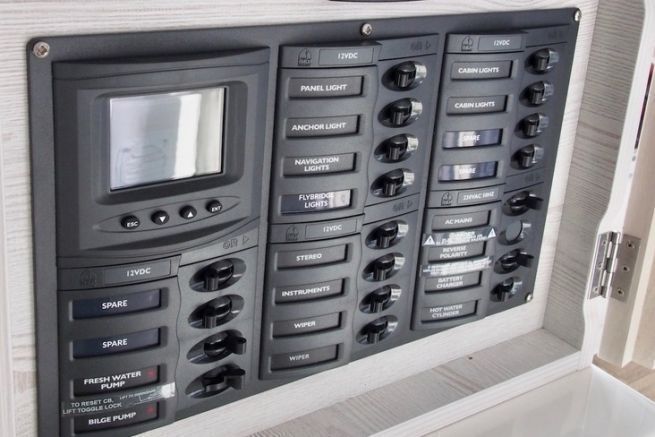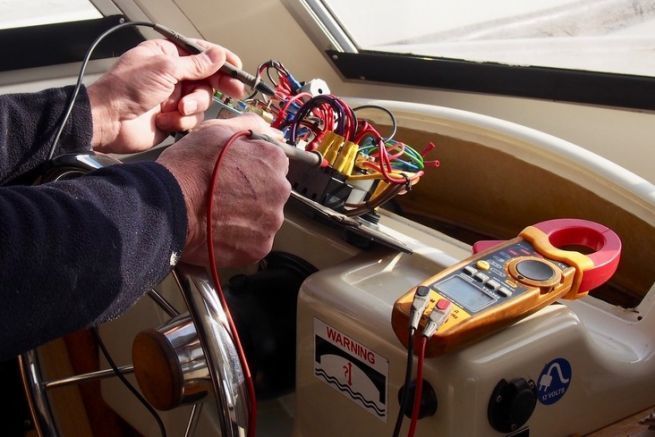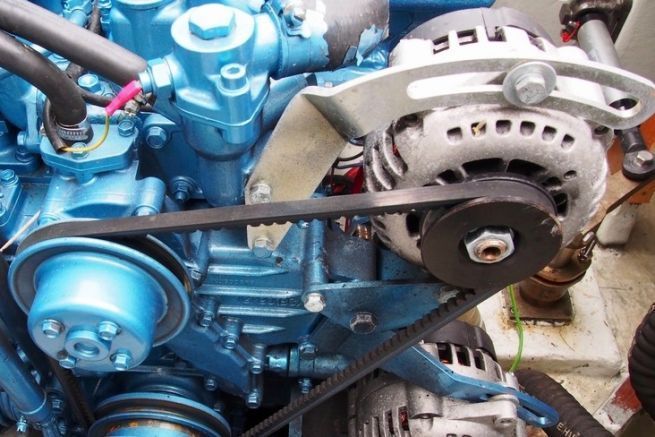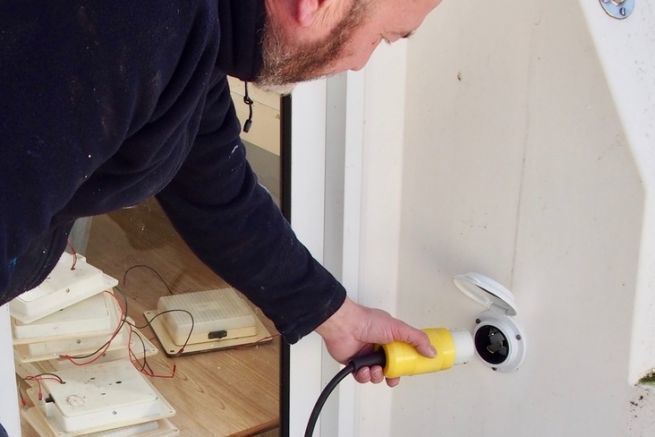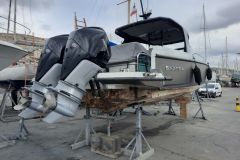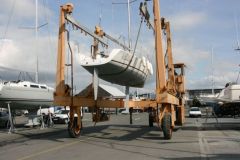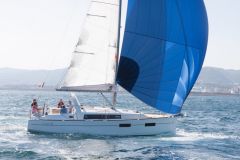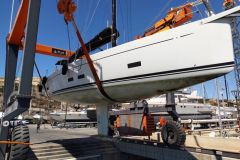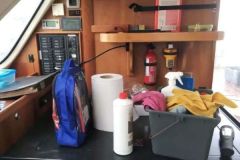The energy is stored in storage batteries that need to be recharged to compensate for the consumption. The most frequent means of producing the charging current are the engine alternator, the charger, solar panels, or the wind turbine. So many solutions that often coexist on the same boat. Here's how all this is combined to keep your batteries in top shape.
The alternator when the engine is running
The alternator consists of an electromagnet that rotates between coils. Driven by the engine, it produces an alternating current which is rectified before going to the battery. On a boat, it must compensate for the consumption due to the engine starting, but also for that of the service batteries. It is even often during engine shutdown phases that the electrical needs are the greatest. So it's easy to understand the heavy workload that is entrusted to it! In some cases, a second additional alternator can be attached to the engine.
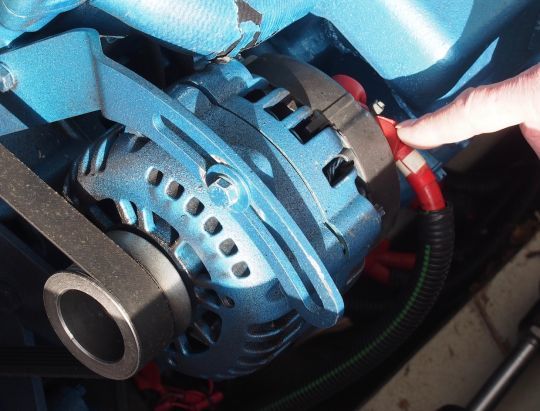
A marine specificity
This partially explains why marine alternators are specific. The other reason is that in marine applications, the circuit passes through two wires, unlike in automobiles where the return is made through the ground, i.e. through the vehicle's metal frame which acts as a negative. Alternators and marine starters are isolated from the ground to limit the risks of electrolysis. This makes it impossible to replace them with their terrestrial equivalents, even though they seem identical.
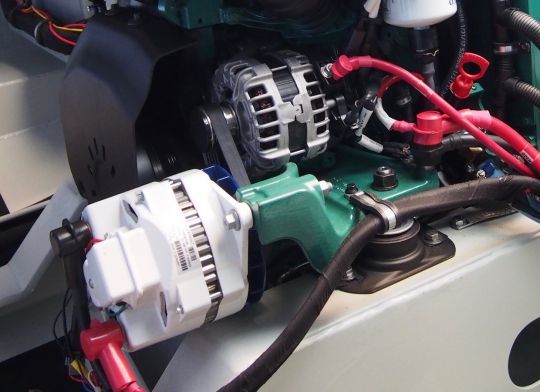
Regulated production
The faster the alternator turns, the more current it produces. However, if the voltage is too high, the batteries will heat up and swell to the point where they could explode. The electronic regulator, usually built into the alternator, adjusts the current voltage to the needs of the battery. This allows the alternator to continue to run without discharging, even when the batteries are fully charged.
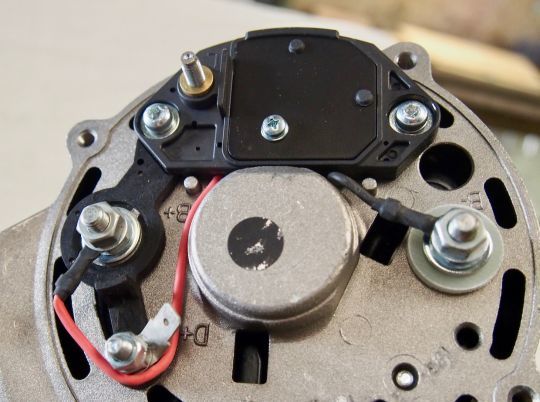
Allocate according to priorities
In the frequent case where several battery banks are adjacent to each other, a distributor (sometimes called a separator) is inserted between them and the regulator. This device manages priorities by first recharging the engine battery and then distributing the charge to the service batteries according to the needs of each of them. It is an essential device for operating several fleets in harmony.
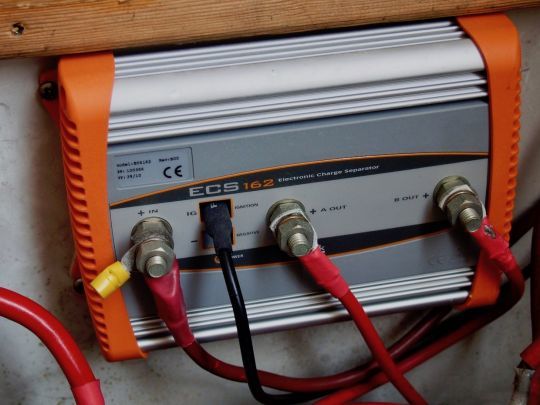
A smart charger
When docked, it is most convenient to have an automatic charger that works as soon as the dock connector is plugged in. Advanced models recognize the type of battery to which they are connected and adapt their charging cycle accordingly. They have in common that they have several charging modes that they use automatically according to the needs of the moment.
- The mode Boost the deep charge allows maximum power to be sent to the batteries during the first 2/3 of their charge.
- In the Absorption the device varies the current and voltage to complete the last third of the charge.
- Once the batteries are charged, the Float sends a very low current, possibly in pulses, to maintain the batteries at their best level.
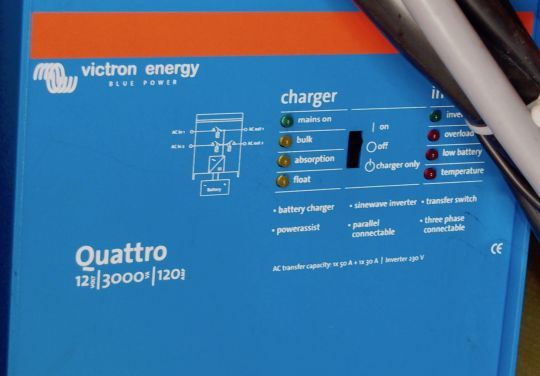
On the pontoon and in winter
Most of the marine chargers on the market have multiple outputs, which allows charging to be spread over several fleets. We consider that a model offering a power of 10% of the battery capacity is sufficient for use from a shore power outlet. In fact, one night's charge will bring the entire fleet up to standard. This same device will take care of your batteries during periods when the boat is not in use.
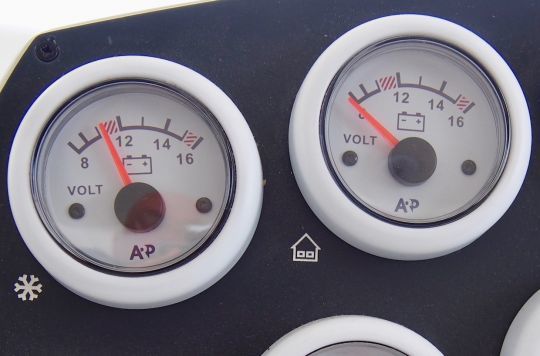
In the sun and wind
Soft energies offer an interesting complement of load even if they will rarely be enough to compensate the electrical needs of a largely equipped boat. Soft autonomy can only be achieved if consumption is drastically reduced so that it does not exceed production capacity. This is an exciting and virtuous approach, but not very achievable in the current state of expectations of most boaters, especially since the production is very dependent on wind and sunshine conditions.
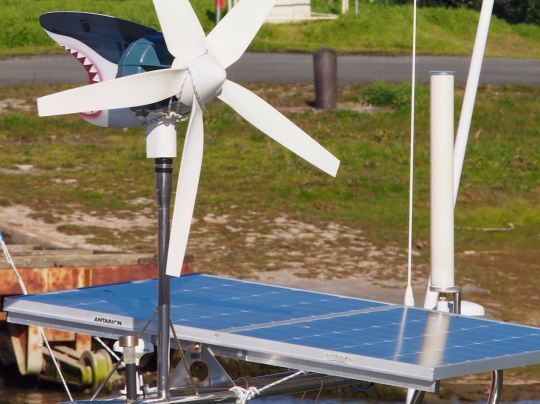
A production dependent on the conditions
When choosing solar panels or a wind turbine, one should carefully read the power curves without stopping at the maximum figure in the commercial brochure. Photovoltaic cells are only fully efficient when they receive the sun's rays at an angle close to 90°, while the power of wind turbines is often indicated for a wind of 40 knots.
Manufacturers have made their devices communicative, which makes it possible to monitor the status of batteries and manage their charge parameters from a smartphone screen. A dedicated application rather than another screen on the dashboard? That's one less circuit and one less consumer!

 /
/ 